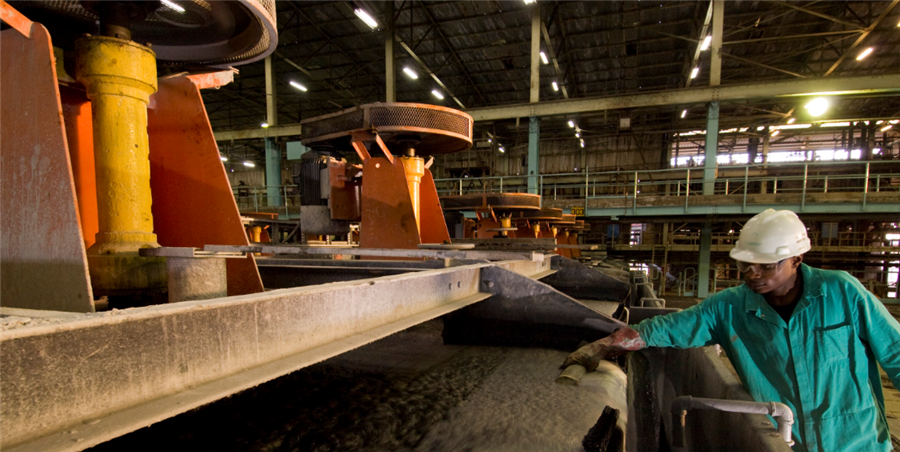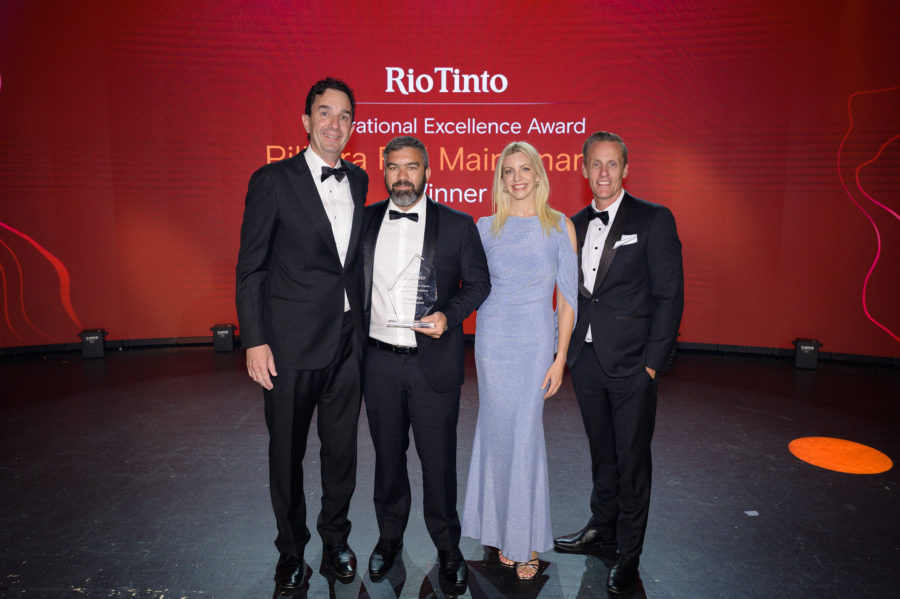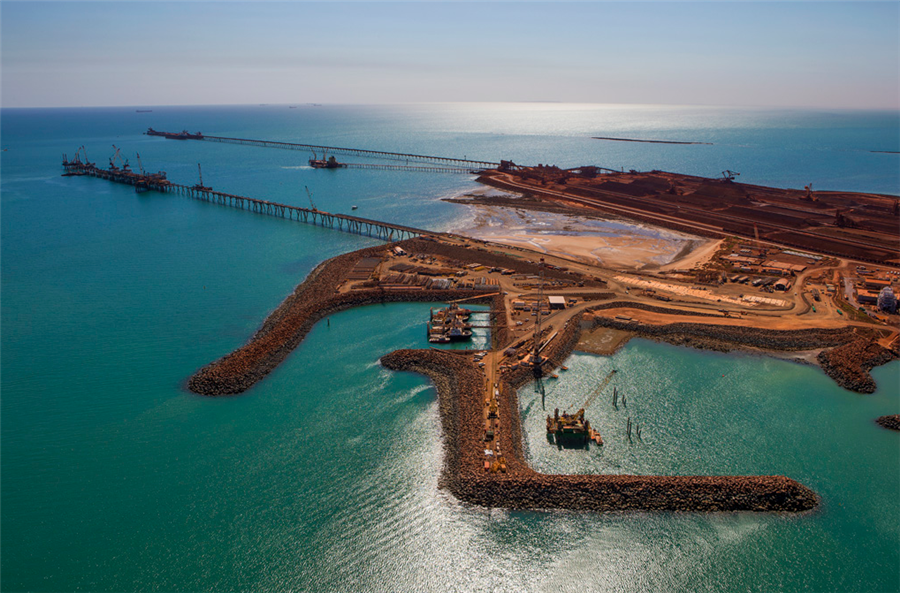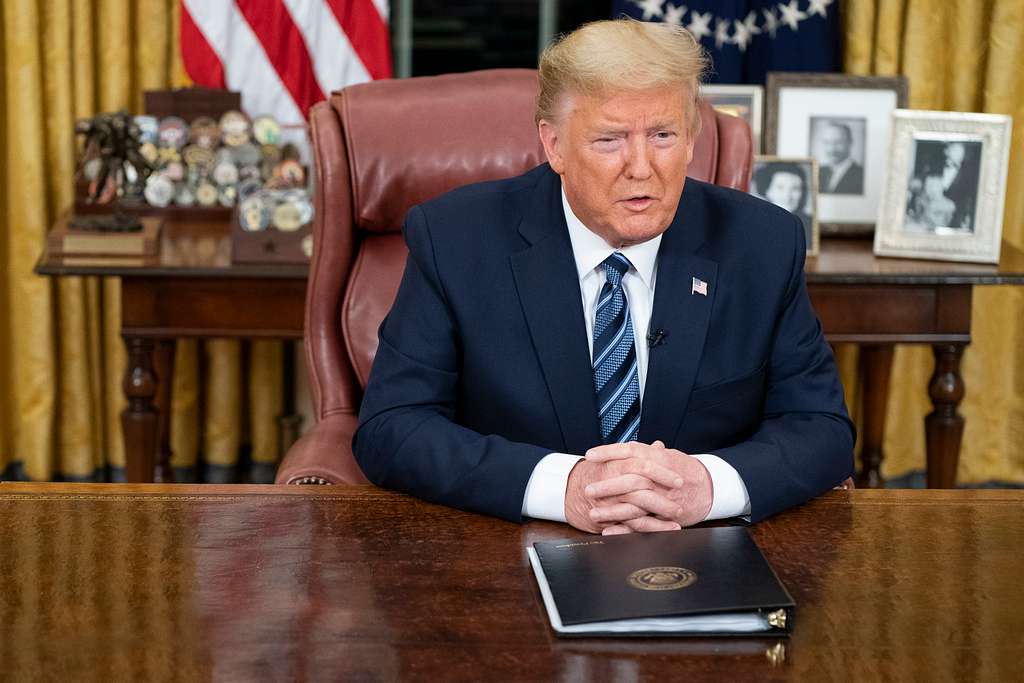Cobalt’s price crash bottoming out, stocks to hinder quick rally

* Congo’s artisanal cobalt output jumped last year -CRU
* Cobalt demand expected to outpace supply longer term
Cobalt’s near year-long price slide is finally coming to an end, but high inventories of the battery metal will stop prices quickly re-claiming 2018’s 10-year highs.
London Metal Exchange prices have crashed to two-year lows of $32,000 a tonne compared with levels near $100,000 in the first half of 2018.
The drop was sparked by rising supplies from the artisanal and industrial sectors in the Democratic Republic of Congo and a surplus of cobalt chemicals, used to make rechargeable batteries to power electric vehicles, in top consumer China.
Artisanal mining supply has declined in the past six months due to lower payables and the falling cobalt price
Traders looking to buy cobalt to cover forward sales are expected to help a price recovery, but industry sources say it is likely to be muted as high stocks in Africa will provide a buffer against supply shocks.
The DRC accounts for most of the world’s cobalt supplies. It comes in the form of hydroxide which is converted into chemicals for the lithium-ion batteries also used in mobile devices.
“High cobalt prices encouraged new supplies last year. Artisanal mining supply has exhibited enormous growth in recent years to bridge the gap between supply and demand,” said CRU analyst George Heppel.
“However, artisanal mining supply has declined in the past six months due to lower payables and the falling cobalt price. Artisanal is the swing producer in the cobalt market.”
Cobalt hydroxide prices are typically a percentage of the metal price known as payables and hit levels above 90 percent last year. They have since slipped to around 65 percent.
CRU estimates supplies of cobalt from Congo’s artisanal sector jumped to 24,000 tonnes last year from 19,100 tonnes in 2017 and 10,500 tonnes in 2005, when prices hit 12-year lows below $10 a lb.
Rising supplies are also expected from higher output at projects such as Glencore’s Katanga mine, expected to produce 26,000 tonnes this year from 11,000 tonnes last year.
Eurasian Resources Group plans to increase cobalt output at its Congo Metalkol facility to 20,000 tonnes annualised by end-2019 and 24,000 tonnes soon after.
“The market is comfortably supplied in the short term,” said Roskill analyst Jack Bedder. “There shouldn’t be any risk of shortages as long as the big projects ramp up.”
Over the longer term though demand is expected to outpace supply.
Analysts expect cobalt demand at about 185,000 tonnes by 2023 with about 35 percent of that accounted for by the electric vehicle battery sector compared with last year’s 125,000 tonnes and 20 percent respectively.
“Key markets for cobalt metal such as tools, magnets, superalloys are growing too so we will need to see more metal capacity developed also,” Roskill’s Bedder said.
Roskill expects sales of electric vehicles powered by rechargeable lithium-ion batteries to rise to 17 million units or 20 percent of the total in 2025 and 32 million or 37 percent by 2030 compared with 3 percent or 2.1 million last year.
(By Pratima Desai; Editing by Veronica Brown and David Evans)
More News
Pilbara Rail Maintenance wins operational excellence award at Rio Tinto supplier gala
April 15, 2025 | 05:07 pm
Rio Tinto posts lowest Q1 iron ore shipments since 2019, tempers forecast
April 15, 2025 | 03:55 pm
{{ commodity.name }}
{{ post.title }}
{{ post.date }}




Comments